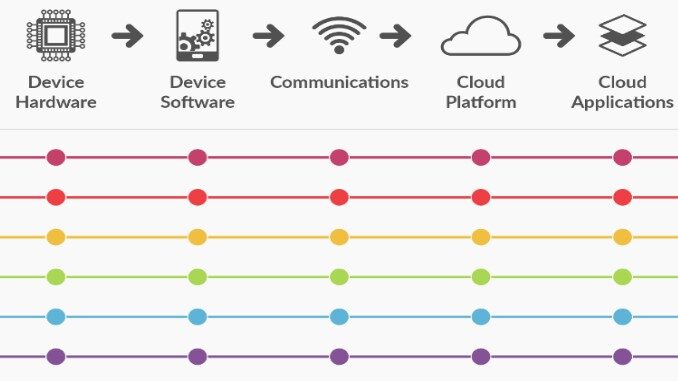
IoT architecture refers to the systems and networks used to connect devices and sensors to the internet and process the data they collect. It typically involves three key components: devices and sensors, connectivity, and data processing.
Table of Contents
IoT Architecture
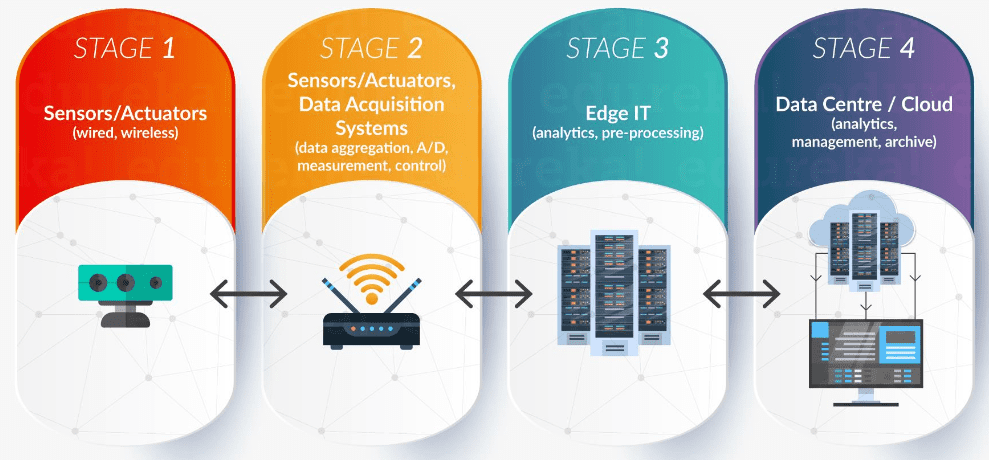
Devices and sensors gather data and send it to the internet via connectivity methods such as Wi-Fi, Ethernet, or cellular networks. The data is then processed and analyzed by servers, often using cloud computing. The processed data can then be used for various purposes, such as automating tasks, monitoring conditions, or making decisions.
A typical IoT architecture may include edge devices, gateways, and cloud platforms. Edge devices are the endpoints of the system, such as sensors or actuators, that collect and transmit data. The gateways act as a bridge between the edge devices and the cloud platform, aggregating data and providing security and protocol conversion. The cloud platform is responsible for data storage, analysis, and management, allowing the data to be accessible and actionable by other systems and applications.
IoT Architecture Layers
- Device Layer
- Network Layer
- Edge Layer
- Cloud/Data Center Layer
- Application Layer
Identify the challenges of an IoT Architecture
- Security and Privacy: Protecting sensitive data transmitted over the network and ensuring secure device authentication.
- Interoperability: Ensuring seamless communication and integration between devices from different manufacturers.
- Scalability: The ability to accommodate increasing numbers of connected devices and expanding data volume.
- Reliability: Ensuring the smooth functioning of devices and ensuring that they can operate continuously.
- Network Latency and Bandwidth Constraints: Minimizing data transmission delays and optimizing bandwidth utilization.
- Device and Sensor Management: Efficiently managing and maintaining the numerous connected devices and sensors.
- Integration with existing systems: Ensuring smooth integration with existing systems and platforms.
- Power Management: Optimizing battery life and reducing the energy consumption of IoT devices.
- Cost Effectiveness: Balancing the costs of deploying and maintaining an IoT solution with the benefits it provides.
Number of elements in the open IoT Architecture
The Open IoT Architecture is a flexible framework that can include various elements, and the number of elements can vary depending on the specific implementation. Some of the common elements in an IoT architecture include:
- Devices: Physical devices that collect and transmit data
- Sensors: Devices that measure and collect data
- Actuators: Devices that perform physical actions based on data
- Gateway: Connects devices to the cloud or other networks
- Cloud Platform: Stores and processes data, run applications, and provides APIs
- Data Management: Handles data storage, processing, and analysis
- Security: Ensures data and devices are secure
The exact number of elements in an Open IoT Architecture implementation may vary, depending on the specific use case, requirements, and technology choices.
Conclusion
In conclusion, IoT architecture provides the foundation for the connected world, allowing devices and sensors to collect and transmit data, and enabling organizations to make use of that data to drive business outcomes.
Also Read: Difference Between M2M and IoT
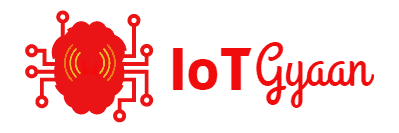
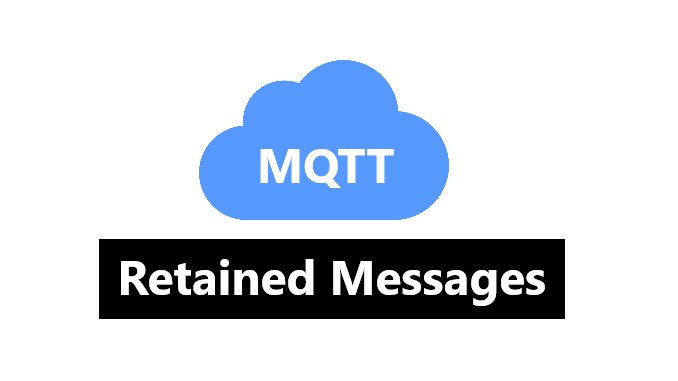
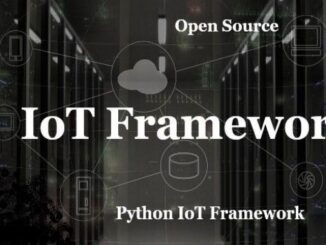

Be the first to comment